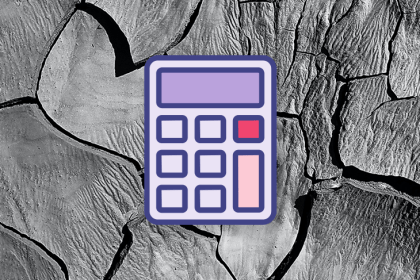
DAU is the total number of unique users who visit or interact with a platform daily. Examples of interactions could be a user clicking a tab, clicking to watch a video, commenting, etc.

Discover how to unlock powerful insights and make better product decisions by conducting a correlation analysis. Advanced math skills not required!

Digital products are everywhere, and managing them is no easy feat. Learn the ins and outs of digital product management, from skills to tools to challenges, in this high-level guide.

The spiral model focuses on identifying the risk early in product development, developing strategies around it, and reflecting those strategies on what to build.

These certifications cater to various skill levels, interests, and budgets, and some include both free and paid options. While some are fully online, others offer opportunities for in-person education and networking.

Implementing a first principles approach can help a product manager and their product team think more creatively and critically about product development.

Successful products are built because someone used customer discovery first to understand market needs and pain points and develop their solution around them.

Without an awareness of the LTV:CAC ratio, you miss many chances to adapt your business strategy and increase your overall profits.

Stakeholder analysis is a systematic process of mapping out the key groups who have a vested interest in a product and assessing their needs and expectations.

Learn how to gather the right information from stakeholders to build successful software, including techniques, tools, examples, and tips to overcome common challenges.

Unlock the secret to building products that users love. Learn how understanding how to identify and maximize aha moments can help you drive retention, virality, and conversion.

The most valuable asset for agile organizations is the scrum team and its corresponding roles: product owner, scrum master, and developer.